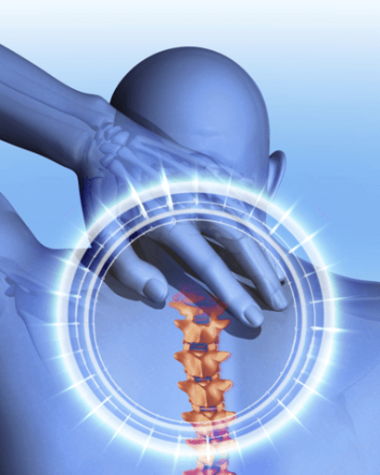Do you have gum disease? Give the inside of your mouth a good looking over. Are any of your teeth loose? Are teeth separating, causing a gap that was never there before? If so, you need to get to your dentist ASAP.
Further indicators of periodontal (the area around the tooth) disease include tender, swollen gums and bleeding after brushing, flossing or eating rigid food; sores or pus and bad breath. If a denture wearer, have you noticed they no longer fit correctly? This can be a sign you have gum disease.
Plaque
Gum disease takes place when unrelenting bacterial infection attacks the bones supporting teeth as well as the gums. Plaque, a sticky, colorless film containing bacteria and sugar, forms on teeth and inflames gums. When it hardens, it becomes tartar (calculus) unless it is removed daily, according to the Colgate Oral and Dental Health Resource Center. Plaque is prevented by brushing comprehensively at least twice a day, flossing, avoiding starchy and sugary foods and seeing a dentist regularly.
Tartar
Tartar is permeable and absorbs stains, discoloring teeth. It provides a gluey surface for plaque to grow on, leading to cavities as well as gum disease. You can’t remove the tartar yourself; only a dentist or hygienist is equipped to do that.
Gingivitis
Cavities result when plaque is present because the acids from the plaque assault teeth after a person eats. Eventually, tooth enamel erodes, leading to a cavity. Gums become irritated resulting in bleeding and swollen gums, which is gingivitis. Tooth loss occurs.
When gingivitis is not treated, plaque spreads under the gum line and toxins are produced by the bacteria in the plaque. The toxins decimate the bones and tissue in the mouth. When this occurs, pockets appear between the gums and teeth because the gums separate from the teeth. The pockets become infected. Gingivitis leads to periodontal disease.
Men, Take Notice!
No one should be cavalier about gum disease and especially not males. There is a direct link between gum disease in men and cancer. Men having a record of periodontal disease are much more liable to develop cancer than men with healthy gums.
Studies show men are 54 percent more apt to acquire pancreatic cancer if they have gum disease. The premise is gum disease causes inflammation, which may prompt pancreatic cancer. It is also believed periodontal disease boosts carcinogens not only in the mouth but in the pancreas. When plagued with gum disease, a person has increased levels of bio markers of systemic inflammation, which may lead to the development of cancer cells.
There is also a link between periodontal disease and kidney and blood cancer in men as well as heart disease, diabetes and rheumatoid arthritis.
Treatment
If you have periodontitis that isn’t far along, treatment includes root planning, which entails smoothing the root surfaces. This dissuades additional build-up of bacterial endotoxin and tartar. Another procedure is scaling, which removes bacteria and tartar from beneath the gums and from tooth surfaces.
Your periodontist (or dentist) may advise using oral or topical antibiotics.
Flap Surgery
Those with advanced periodontal disease must undergo more radical treatment including pocket reduction or flap surgery. Tiny incisions are made in the gum. This allows a section of tissue to be lifted, exposing roots for more efficacious root planning and scaling. The underlying bone may require re-contouring due to bone loss. The gum tissue is then sutured back in place.
Soft Tissue Graft
Another option is soft tissue graft, which entails removing a small piece of tissue from the roof of the palate or other donor source and attaching the graft to the affected section. This reinforces damaged soft tissue and lessens future gum recession.
Bone Grafting
When gum disease has obliterated the bone surrounding the tooth root, bone grafting is an option. The bone that is used may be donated, synthetic or your own. The bone graft dissuades tooth loss because it holds teeth in place and acts as a podium for the regrowth of natural bone.
Guided Tissue Regeneration
Another alternative is guided tissue regeneration, which requires the dentist to place a biocompatible fabric between teeth and the existing bone. The material thwarts undesirable tissue from coming into the area that is healing, enabling bone, previously devastated by bacteria, to re-grow.
Enamel Matrix Derivative Application
The technique called enamel matrix derivative application involves putting gel on the diseased tooth root. The gel consists of proteins that are found in actual developing tooth enamel. This prompts the growth of healthy tissue and bone.
If you are a Baby Boomer and haven’t been to the dentist in a while, make an appointment post haste. Time is of the essence. The sooner you catch gum disease and treat it, the higher the success rate.





